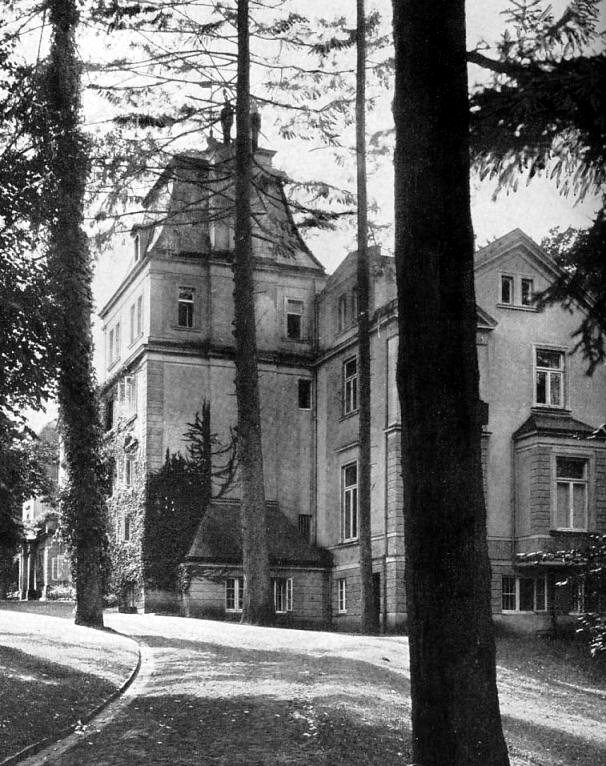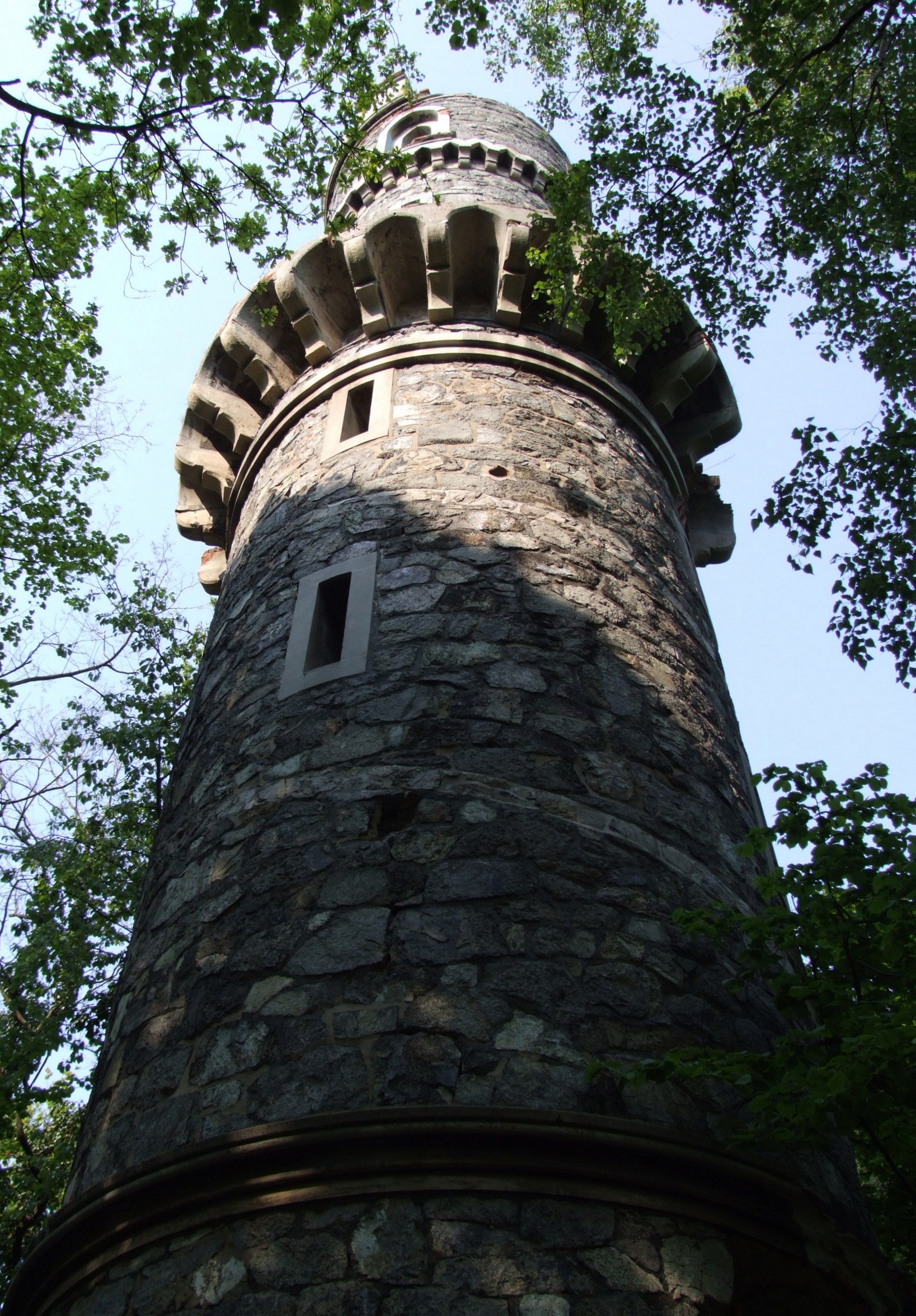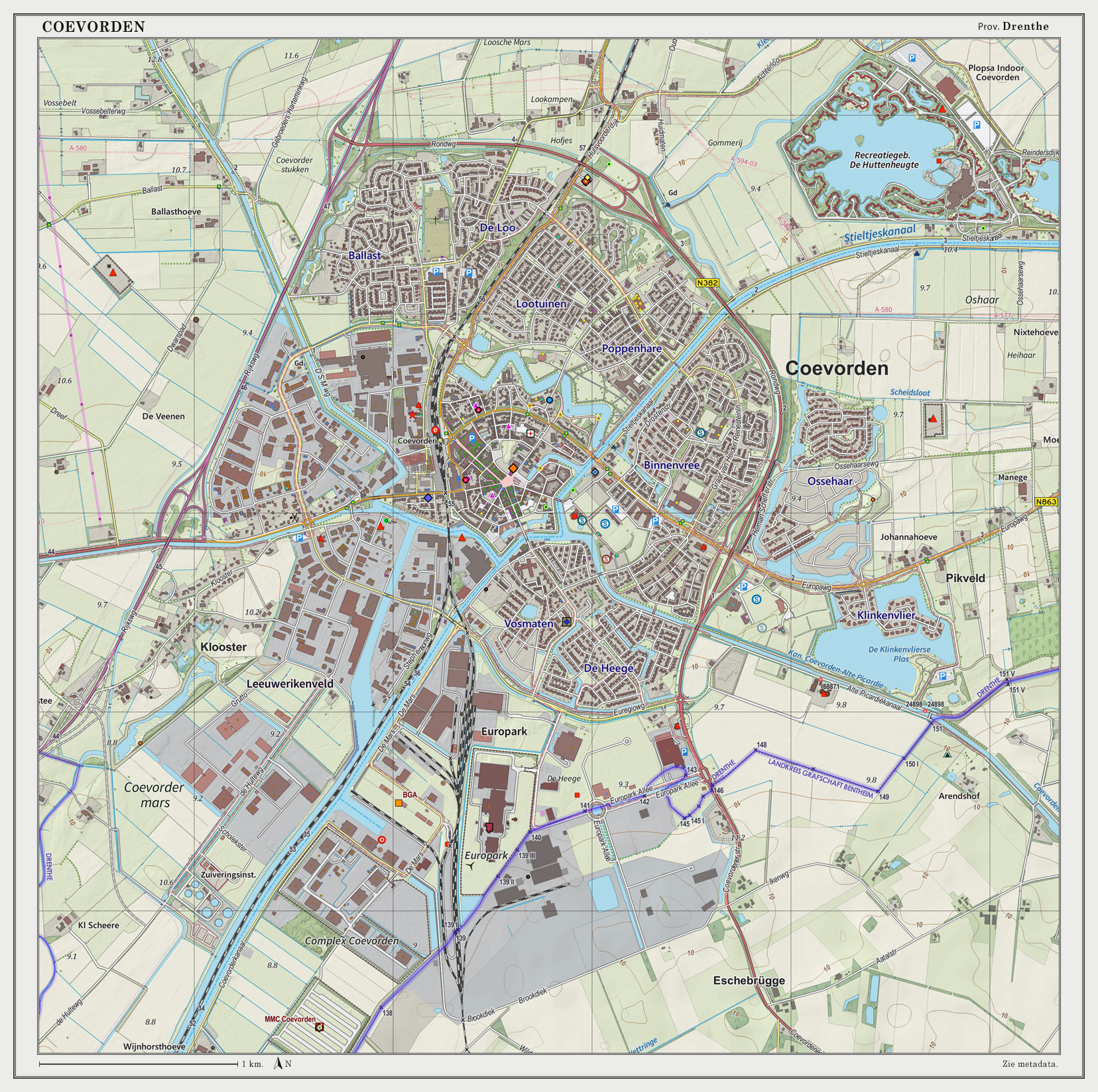|
Aumühle
Aumühle () is a municipality in Schleswig-Holstein in northern Germany, about 21 km (14 mi) east of Hamburg. Its Friedrichsruh district is home to the family estate and mausoleum of Otto von Bismarck. Geography Aumühle lies on the river Bille in the Sachsenwald, the largest forest in Schleswig-Holstein. History In 1350 Aumühle was first mentioned in writing as ''Au-Mühle'' (mill on the river Au). In 1846, a station on the newly-constructed Hamburg-Berlin railway line was opened at Friedrichsruh. Aumühle station itself was added in 1884. In 1871 Kaiser Wilhelm I of Germany gifted the Sachsenwald forest, adjacent to the Au, to Otto von Bismarck in recognition of his services to the newly unified German nation. Bismarck had a manor house built there, opting to retain the historic name of Friedrichsruh. Bismarck now lies buried in the Bismarck Mausoleum situated there. Karl Dönitz, the last head of state of Nazi Germany, moved to Aumühle after his release ... [...More Info...] [...Related Items...] OR: [Wikipedia] [Google] [Baidu] |
Aumühle Station
Aumühle is a station on the Berlin-Hamburg railway line, just outside the Free and Hanseatic City of Hamburg. Aumühle is served by the rapid transit trains of Hamburg S-Bahn line S21, for which it is also the eastern terminus station. The station was opened in 1884 and is located in Aumühle, a municipality in the Germany, German state of Schleswig-Holstein. History Aumühle station was opened in 1884 with two side platforms and a pedestrian bridge. In 1910 the station was expanded to four tracks and complemented with today's listed station building. In 1969 Aumühle station was electrified and integrated into the Hamburg S-Bahn network. Station layout The station's layout is using a natural depression to sit below street level. Above the rail tracks, Bahnhofstraße is crossing via a road bridge. At the bridge's midpoint lies the station building, with access to the platform below also possible via an elevator. Service Trains The Hamburg S-Bahn line S21 calls at Aumü ... [...More Info...] [...Related Items...] OR: [Wikipedia] [Google] [Baidu] |
Hamburg S-Bahn
The Hamburg S-Bahn is a suburban commuter railway network in the Hamburg Metropolitan Region. Together, the S-Bahn, the Hamburg U-Bahn, the AKN railway and the regional railway form the backbone of railway public transport in the city and the surrounding area. The network has operated since 1907 as a commuter rail system, under the direction of the state railway, and is a member of the Hamburger Verkehrsverbund (HVV; Hamburg Transport Association). There are six lines, serving 68 stations, on of route. On an average working day the S-Bahn transports about 590,000 passengers; in 2010 about 221 million people used the S-Bahn. The S-Bahn is the only railway in Germany that uses both 1,200 V DC supplied by a third rail and supplied by overhead lines. Most of the tracks are separated from other rail services. The S-Bahn is operated by S-Bahn Hamburg GmbH, a subsidiary of DB Regio. Similarly to Berlin but unlike Hanover, the S-Bahn is an important part of public transport within ... [...More Info...] [...Related Items...] OR: [Wikipedia] [Google] [Baidu] |
Karl Dönitz
Karl Dönitz (sometimes spelled Doenitz; ; 16 September 1891 24 December 1980) was a German admiral who briefly succeeded Adolf Hitler as head of state in May 1945, holding the position until the dissolution of the Flensburg Government following Germany's unconditional surrender to the Allies days later. As Supreme Commander of the Navy beginning in 1943, he played a major role in the naval history of World War II. He began his career in the Imperial German Navy before World War I. In 1918, he was commanding , and was taken prisoner of war by British forces. While in a POW camp, he formulated what he later called ''Rudeltaktik'' ("pack tactic", commonly called "wolfpack"). By the start of the Second World War, Dönitz was supreme commander of the '' Kriegsmarine'' U-boat arm ( (BdU)). In January 1943, Dönitz achieved the rank of (grand admiral) and replaced Grand Admiral Erich Raeder as Commander-in-Chief of the Navy. Dönitz was the main enemy of Allied naval for ... [...More Info...] [...Related Items...] OR: [Wikipedia] [Google] [Baidu] |
Hohe Elbgeest
Hohe Elbgeest is an '' Amt'' ("common administration for several smaller municipalities") in the district of Lauenburg, in Schleswig-Holstein, Germany. It is situated approximately 7 km north of Geesthacht, and 27 km east of Hamburg. Its seat is in Dassendorf. In 2008, the ''Amt'' of Aumühle-Wohltorf was disbanded and its municipalities (Aumühle, Wohltorf, and the unincorporated area of Sachsenwald) were folded into Hohe Elbgeest. Municipalities The ''Amt'' Hohe Elbgeest consists of the following municipalities (population in 2005 between brackets): #Aumühle (3,088) # Börnsen (3,822) # Dassendorf (3,105) # Escheburg (3,036) #Hamwarde (751) # Hohenhorn (443) # Kröppelshagen-Fahrendorf (1,082) # Wiershop (173) # Wohltorf (2,264) # Worth (171) #Sachsenwald, unincorporated area An unincorporated area is a region that is not governed by a local municipal corporation. Widespread unincorporated communities and areas are a distinguishing feature of the United States a ... [...More Info...] [...Related Items...] OR: [Wikipedia] [Google] [Baidu] |
Friedrichsruh
Friedrichsruh () is a district in the municipality of Aumühle, Herzogtum Lauenburg district, Schleswig-Holstein, in northern Germany. Friedrichsruh manor is known as a residence of the princely House of Bismarck, mainly of Chancellor Otto von Bismarck from 1871 onwards. History In the 18th century, the extended Sachsenwald forest in Saxe-Lauenburg east of Hamburg was a favoured hunting ground for Count Frederick of Lippe (1706–1781). In 1763 he had a lodge erected in the woods, named ''Friedrichsruh'' ("Frederick's Rest"), which upon his death changed hands several times. In the early 19th century, the premises were rebuilt as a country inn and guesthouse, which after the opening of the Hamburg-Berlin railway line running nearby became a popular destination for Hamburg citizens. After the victory over France and the German unification of 1871, Chancellor Otto von Bismarck received the Sachsenwald estates as a present from Emperor William I. Bismarck had the former inn rest ... [...More Info...] [...Related Items...] OR: [Wikipedia] [Google] [Baidu] |
Bille (Elbe)
The river Bille () is a small, slow-flowing German river in Stormarn, Schleswig-Holstein and Hamburg, a right tributary of the Elbe. Its source is near Linau, north of the heathland Hahnheide forest. It then flows south of Trittau, representing the border between Stormarn and Lauenburg, continues south of Reinbek and reaches the river Elbe near Billwerder. A lot of old estates and tasteful parks are laid out along its riverbank. Its total length is 65 km. The Bille is one of three rivers which flow through the city of Hamburg, the other two being the Elbe and the Alster. Tributaries The upper Bille drains a wide catchment area with many brooks and small stretches of water. Main tributaries are the ''Corbek'' feeding the Bille near Witzhave and the ''Schwarze Au'' at Aumühle, having drained wide parts of the large Sachsenwald forest. Landmarks * ''Grander Mühle'', an ancient watermill at Kuddewörde, dating back to 1303 * ''Schloss Reinbek'', a castle from 1572 * ... [...More Info...] [...Related Items...] OR: [Wikipedia] [Google] [Baidu] |
Olaf Von Wrangel
Olaf von Wrangel (July 20 1928, Tallinn (Reval), Estonia – September 29 2009, Aumühle, Germany) was a German journalist, radio- and television correspondent and politician for the Christian Democratic Union of Germany (CDU). Life He was a member of Wrangel family. His father was lawyer and landowner Wilhelm von Wrangel and his mother was Annemarie Thomson. His grandfather was German general mayor Nikolaus Alexander von Wrangel. In his childhood his parents left with him at the end of World War II for Reichsgau Wartheland. In 1945, he was a soldier during the fights in Berlin. Wrangel went after World War II to a school in Osterode am Harz. In Hamburg, from 1949 to 1954 he studied history, sociology and law at the University of Hamburg. In 1953 he married Liselotte Mugrauer and they had three daughters. In 1974 Wrangel married Brigitta Lewens. In 1954, Wrangel became a member of the CDU political party. From 1954 to 1956 he worked for German television station Nordwestdeu ... [...More Info...] [...Related Items...] OR: [Wikipedia] [Google] [Baidu] |
Bismarck Tower
A Bismarck tower (german: Bismarckturm) is a specific type of monument built according to a more or less standard model across Germany to honour its first chancellor, Otto von Bismarck (d. 1898). A total of 234 of these towers were inventoried by Kloss and Seele in 2007Pohlsander, Hans A. ''National Monuments and Nationalism in 19th Century Germany'', Oxford: Lang, 2008, p. 226-227 but more have been discovered since making the total around 240. These towers were built between 1869''Der älteste Bismarckturm von 1869'' at www.bismarcktuerme.de. Retrieved 28 July 2016. and 1934 and some 173 remain today. Quite a few of these towers, including all 47 based on Wilhelm Kreis's '' |
Municipalities In Schleswig-Holstein
A municipality is usually a single administrative division having corporate status and powers of self-government or jurisdiction as granted by national and regional laws to which it is subordinate. The term ''municipality'' may also mean the governing body of a given municipality. A municipality is a general-purpose administrative subdivision, as opposed to a special-purpose district. The term is derived from French and Latin . The English word ''municipality'' derives from the Latin social contract (derived from a word meaning "duty holders"), referring to the Latin communities that supplied Rome with troops in exchange for their own incorporation into the Roman state (granting Roman citizenship to the inhabitants) while permitting the communities to retain their own local governments (a limited autonomy). A municipality can be any political jurisdiction, from a sovereign state such as the Principality of Monaco, to a small village such as West Hampton Dunes, New York. ... [...More Info...] [...Related Items...] OR: [Wikipedia] [Google] [Baidu] |
Netherlands
) , anthem = ( en, "William of Nassau") , image_map = , map_caption = , subdivision_type = Sovereign state , subdivision_name = Kingdom of the Netherlands , established_title = Before independence , established_date = Spanish Netherlands , established_title2 = Act of Abjuration , established_date2 = 26 July 1581 , established_title3 = Peace of Münster , established_date3 = 30 January 1648 , established_title4 = Kingdom established , established_date4 = 16 March 1815 , established_title5 = Liberation Day , established_date5 = 5 May 1945 , established_title6 = Kingdom Charter , established_date6 = 15 December 1954 , established_title7 = Caribbean reorganisation , established_date7 = 10 October 2010 , official_languages = Dutch , languages_type = Regional languages , languages_sub = yes , languages = , languages2_type = Recognised languages , languages2_sub = yes , languages2 = , demonym = Dutch , capital = Amsterdam , largest_city = capital , ... [...More Info...] [...Related Items...] OR: [Wikipedia] [Google] [Baidu] |
Coevorden
Coevorden (; nds-nl, Koevern) is a city and municipality in the province of Drenthe, Netherlands. During the 1998 municipal reorganisation in the province, Coevorden merged with Dalen, Sleen, Oosterhesselen and Zweeloo, retaining its name. In August 2017, it had a population of 35,267. Etymology The name ''Coevorden'' means "cow ford(s)" or "cow crossing", similar to ''Bosporus'' or ''Oxford''. History Coevorden received city rights in 1408. It is the oldest city in the province of Drenthe. The city was captured from the Spanish in 1592 by a Dutch and English force under the command of Maurice, Prince of Orange. The following year it was besieged by a Spanish force but the city held out until its relief in May 1594. Coevorden was then reconstructed in the early seventeenth century to an ''ideal city'' design, similar to Palmanova. The streets were laid out in a radial pattern within polygonal fortifications and extensive outer earthworks. The city of Coevorden i ... [...More Info...] [...Related Items...] OR: [Wikipedia] [Google] [Baidu] |
Sleen
Sleen is a village in Drenthe, Netherlands of about 2,500 people. Sleen has been inhabited for centuries. Much ancient history can be found in the area, particularly in the forests (which are planted, though). At birth and during the Republiek der Zeven Verenigde Nederlanden (Republic of the Seven United Netherlands (1581–1795)). Sleen became the capital of one of the six “dingspels” (administrative areas) of Drenthe. When Drenthe was recognised as a province, Sleen became a municipality capital, before it merged into the municipality of Coevorden. Sleen has a 450-year-old church. At about 68 meters, it is the highest church in the entire province. Nowadays, it functions as a Dutch Reformed Church. There is also another Protestant church in the village. Nowadays, Sleen has its own supermarket (behind the former police station), library, fish stand (every Wednesday), cafés, a few other shops, hair salons, petrol station, sports park (soccer, tennis, multipurpose indoor com ... [...More Info...] [...Related Items...] OR: [Wikipedia] [Google] [Baidu] |





